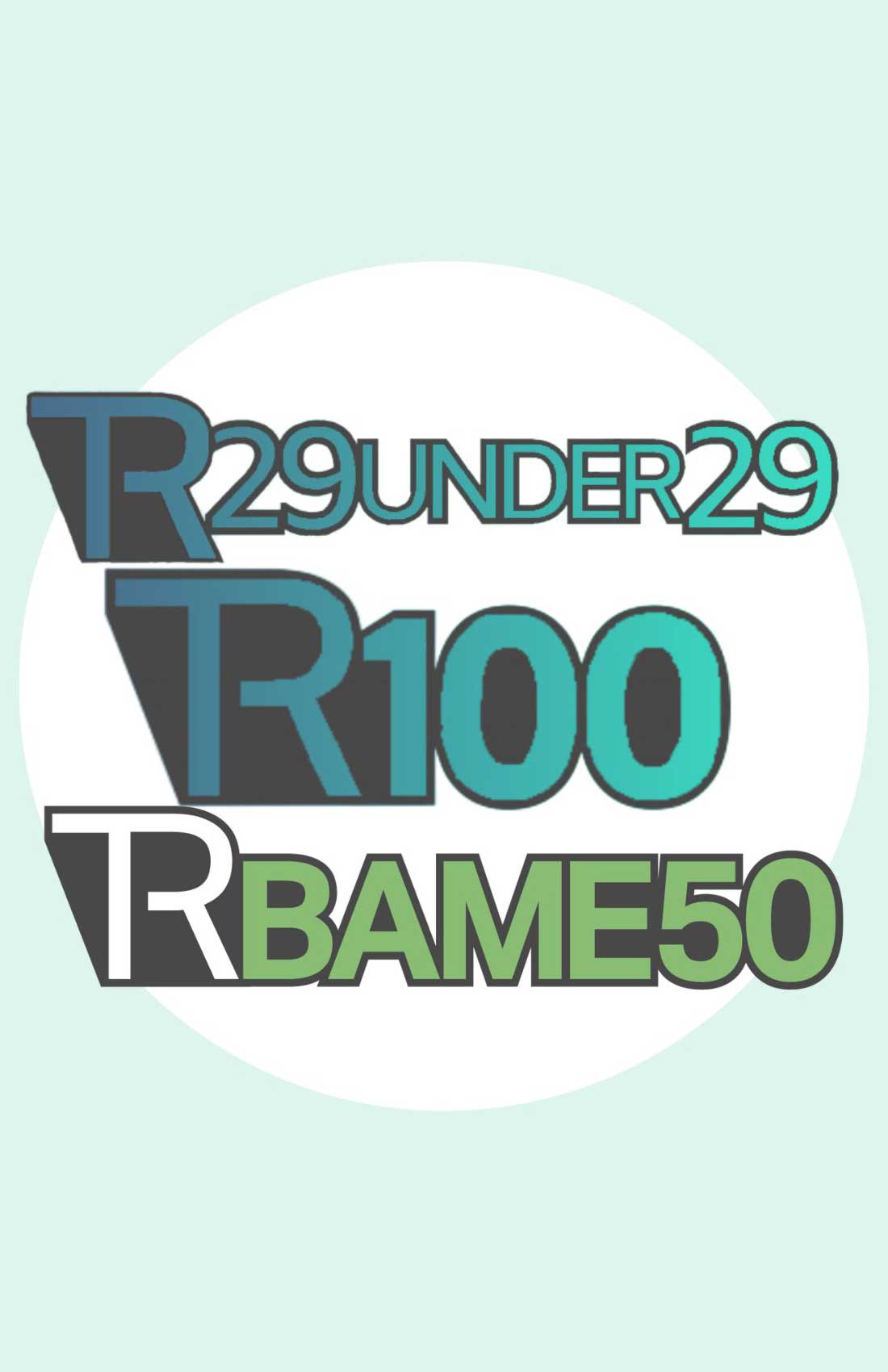Imagine the flight from London to New York going from being hours long to being able to arrive in just 90 minutes. NASA is taking steps to make this dream a reality with its Quesst mission and X-59 quiet supersonic aircraft.
The X-59: A New Kind of Supersonic Aircraft
NASA’s Quesst mission aims to create an aircraft that can break the sound barrier without causing a disruptive sonic boom. Lockheed Martin is designing the X-59, a research jet that can fly at 937 mph at an altitude of 55,000 feet.
This is much faster than today’s commercial airliners, which typically cruise at about 600 mph. Test flights over US cities are planned for 2024 to collect data on how people react to the sound.
NASA’s Business Case for High-Speed Travel
NASA recently investigated the commercial viability of supersonic passenger air travel. The agency studied aircraft that could theoretically travel between Mach 2 and Mach 4 (1,535-3,045 mph at sea level).
NASA recently studied the commercial case for supersonic passenger air travel. Their research shows about 50 established city-to-city routes could benefit from supersonic travel. Current laws prohibit supersonic flight over land, so the focus remains on transoceanic routes.
Next Steps in Research
NASA’s Advanced Air Vehicles Program (AAVP) is moving into the next phase, which includes issuing two 12-month contracts to companies to develop concept designs and technology roadmaps. These roadmaps will outline the risks, challenges, and technologies required for Mach 2-plus travel.
Boeing leads the first team, with partners like Exosonic and GE Aerospace. Northrop Grumman Aeronautics Systems leads the second team, with partners like Blue Ridge Research and Consulting, Boom Supersonic, and Rolls-Royce North American Technologies.
More from News
- Are AI Startups Investing In Teachers Learning AI A Good Move For Education?
- Can a Robot Really Perform Surgery Without Human Help?
- Reports Show Fewer Students Chasing Tech Careers, Here’s Why
- Undersea Cables And Digital Systems At Risk, MPs Warn
- Government Partners With Google Cloud To Modernise Tech, Here’s How
- What Is Jack Dorsey’s New App, BitChat?
- Students Are Sneaking Secret AI Phrases On Academic Papers
- How Will The Rise Of AI Influencers Impact Content Creators?
Safety and Environmental Concerns
Mary Jo Long-Davis, manager of NASA’s Hypersonic Technology Project, stressed the importance of safety, efficiency, and economic considerations. The aim is to innovate responsibly, benefiting travelers while minimising harm to the environment.
Long-Davis and Lori Ozoroski, project manager for NASA’s Commercial Supersonic Technology Project, have been tasked to develop a high-speed strategy. These conceptual vehicle designs and technology roadmaps are key to that strategy.
Industry Partnerships
Boeing and Rolls-Royce are among the companies working with NASA to create a roadmap for making supersonic passenger flights a reality. Lori Ozoroski mentioned that similar studies conducted over a decade ago have helped guide current research efforts, including the development of the X-59.
Public Reaction
The sonic boom has long been a barrier to supersonic flight over land. NASA’s Quesst mission aims to make the sound more acceptable to people on the ground. Data from test flights over US communities will help regulators decide on the future of commercial supersonic flights over land.
What Comes Next?
Once the industry engagement phase is completed, NASA and its industry and academic partners will decide whether to continue the research with their own investments.
In summary, NASA is taking steps to create these supersonic passenger flights. With the X-59 and partnerships with major companies, the agency is closer than ever to reducing flight times dramatically while addressing noise and environmental concerns.



